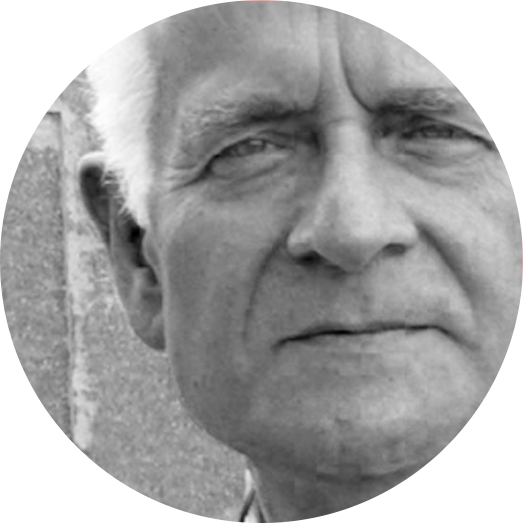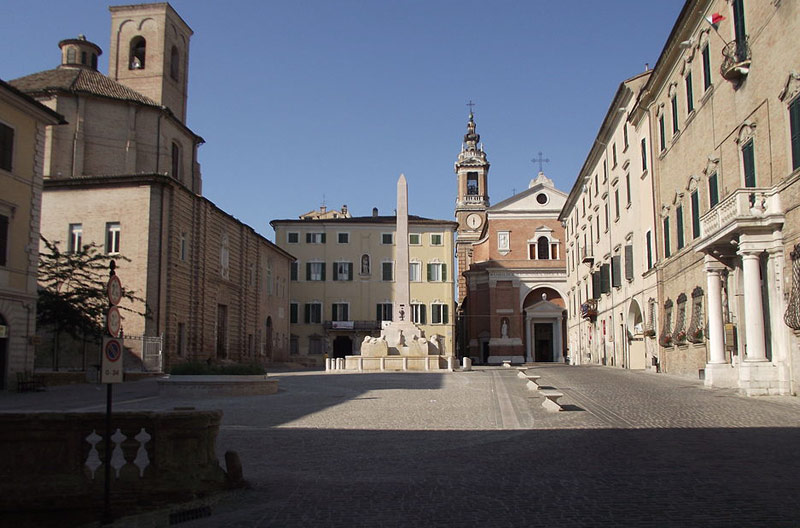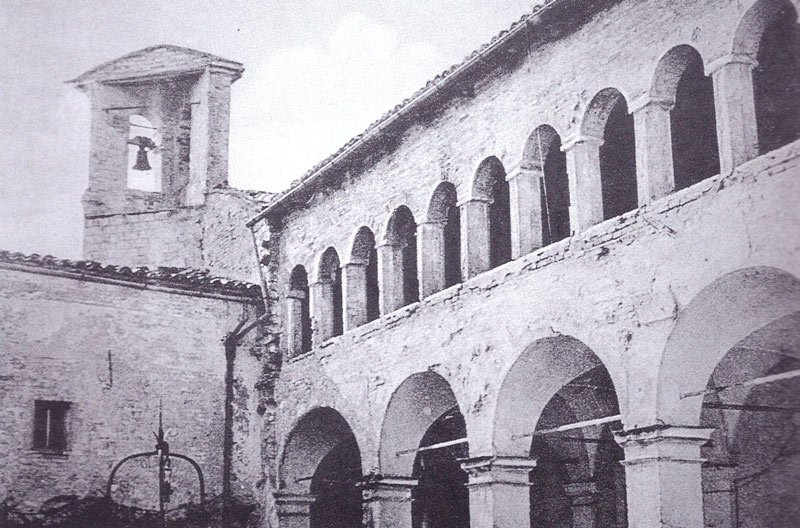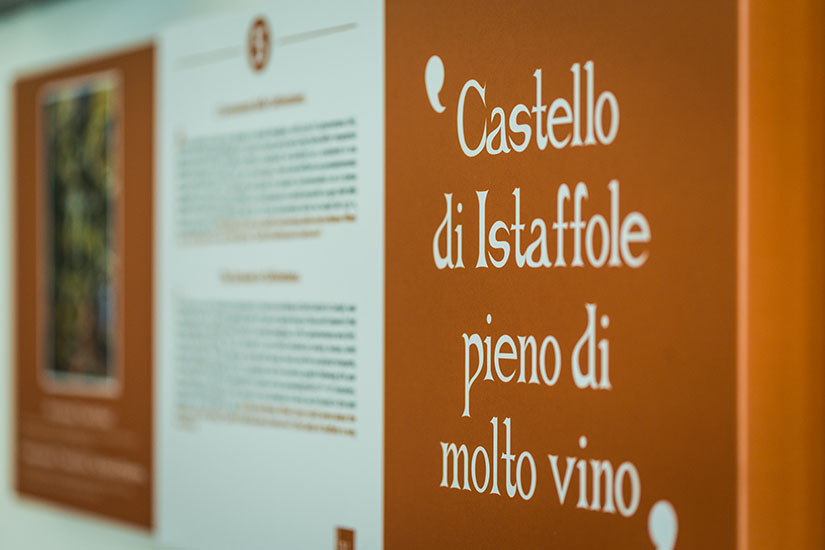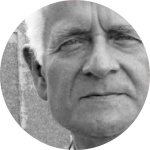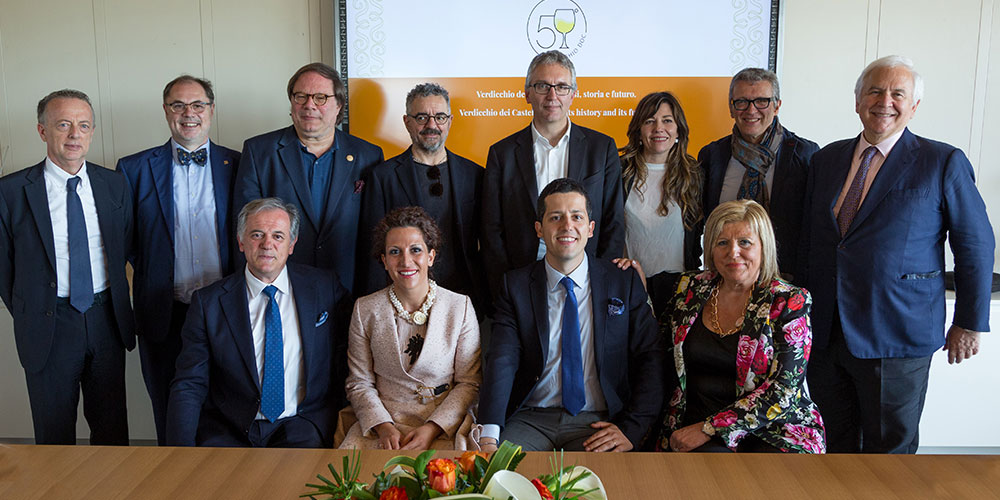
Verdicchio celebrates 50 years!
By museosartarelli on 24 April 2018 in News & Exhibitions
It was on August 11th, 1968 that by legislative decree DOC (controlled designation of origin) status was granted to Verdicchio dei Castelli di Jesi.
Since that day, 50 years have passed, half a century of success and satisfaction. An important achievement which needed to be properly celebrated! For this reason we decided to pay tribute to this golden, precious nectar, by organizing a meeting at our “In Verdicchio Veritas Museum”. A convention different from the usual, which was wanted by the whole Sartarelli family, together with Professor Riccardo Ceccarelli, who is a historian at the Deputazione di Storia Patria per le Marche e dell’Accademia dei Georgofili di Firenze, as well as the historian who took care of our museum.
There was a gratifying attendance of journalists, national and international wine business professionals, producers and colleagues as well as the institutions, among whom mayors of the Castles of Jesi and other representatives of the Marche region.
After the introduction and opening by the mayor of Poggio San Marcello, Avv. Tiziano Consoli, and the mayor of Jesi, Dott. Massimo Bacci, we wanted to retrace briefly Verdicchio’s history, a symbol of le Marche, trying to analyze all aspects with a view to its future and future trends.
The lecturers’ important speeches started with the general secretary of the Chamber of Commerce of Ancona, Dott. Michele De Vita, who has analysed the companies of the wine business of this region with particular focus on their export trends, followed by Dott. Federicco Castellucci, honourary general director of the OIV (International Organisation of Vine and Wine), and president of the Federazione Nazionale Vitivinicola di Confagricoltura. He has conducted a deeper, more detailed analysis of statistics of the production and consumption of wine, as well as export figures on an international scale.
Of particular importance and interest were the speeches of Ian D’Agata, author of Native Wine Grapes of Italy, and senior editor at Vinous, and also Paolo Massobrio, journalist and author of ilGolosario, who have examined in depth this indigenous grape variety, its uniqueness and authenticity. In fact, if planted elsewhere, this variety would not have the same perfect environment to reach the same excellent characteristics. At the same time, this variety has been praised for both its versatility in the production of a wine which is the symbol of the Marche region in terms of excellence and the most awarded wine in Italy, and also for its extraordinary long aging capacity.
Through the eyes of another speaker, Chef Mauro Uliassi, we were taken on a virtual tour of the Marche region, thanks to the pairing of Verdicchio with local food. He introduced the topic of Verdicchio in the kitchen, telling beautiful stories of our region, its discretion and dignity. A region which has been out of the spotlight for a long time, but is now revealing its endless splendor to everyone.
The convention was then concluded by the President of the Marche region, Dott. Luca Ceriscioli, who wanted to pay tribute, together with everyone else, to our beloved Verdicchio.


